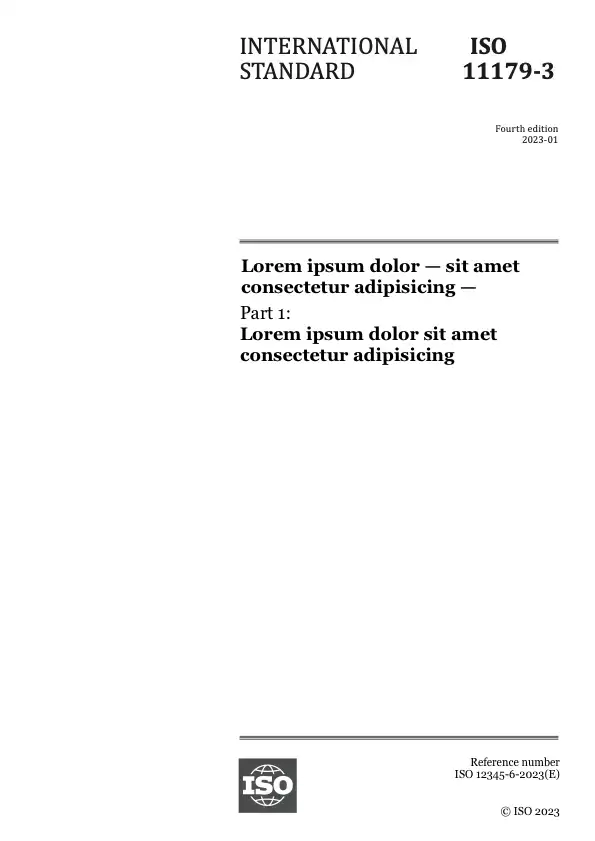Abstract
This document specifies flame and electrothermal atomic absorption spectrometric methods for the determination of the time-weighted average mass concentration of particulate lead and lead compounds in workplace air.
These methods are typically applicable to personal sampling of the inhalable fraction of airborne particles, as defined in ISO 7708, and to static (area) sampling. It can be applied to other health-related fractions as required.
The sample dissolution procedure specifies hot plate or microwave assisted digestion, or ultrasonic extraction (see 11.2). The use of an alternative, more vigorous dissolution procedure is necessary when it is desired to extract lead from compounds present in the test atmosphere that are insoluble using the dissolution procedures described herein (see Clause 5).
The flame atomic absorption method is applicable to the determination of masses of approximately 1 µg to 200 µg of lead per sample, without dilution[1]. The electrothermal atomic absorption method is applicable to the determination of masses of approximately 0,01 µg to 0,5 µg of lead per sample, without dilution[1].
The ultrasonic extraction procedure has been validated for the determination of masses of approximately 20 µg to 100 µg of lead per sample, for laboratory-generated lead fume air filter samples[2].
The concentration range for lead in air for which this procedure is applicable is determined in part by the sampling procedure selected by the user (see 10.1).
Read sample
General information
-
Status: PublishedPublication date: 2022-10Stage: International Standard published [60.60]
-
Edition: 3Number of pages: 31
-
Technical Committee :ISO/TC 146/SC 2ICS :13.040.30
- RSS updates
Life cycle
-
Previously
WithdrawnISO 8518:2001
-
Now
Got a question?
Check out our FAQs
Opening hours:
Monday to Friday - 09:00-12:00, 14:00-17:00 (UTC+1)
